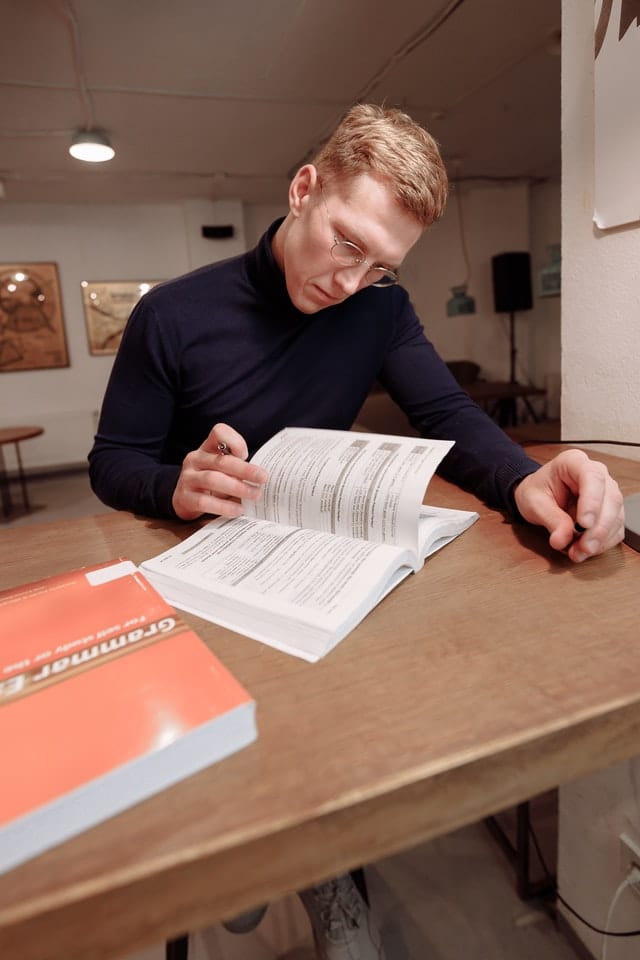
Practical Steps to Easily Improve your Grammar

Some students struggle to understand what grammar really is. In fact, it is a mystery to them even if they have spent years learning it. Learning correct grammar may not be that easy, but it is usually more difficult in the beginning stages, and you become proficient as you learn and practice it.
Here are tips that can help you improve your grammar:
Learn as many words as you can
If you want to improve your grammar, you will need to learn as many words as you can to improve your vocabulary. Get a dictionary and try listing several new words per week, then use those words as often as you can so you will remember them. At this stage, you do not need to worry about the grammar until you get the hang of it, and you are comfortable using the words you have learned.
Watch movies and learn
Another way to improve grammar is to read books, as well as watch television and movies. Try to understand their conversations and narratives and go back if you do not understand anything.
Ask your peers for corrections
A lot of people get offended when their friends or peers correct them when they incorrectly use words in a sentence. However, if you want to improve grammar, you should ask people for corrections and learn from your mistakes. When writing, you can use proofreading apps, so you will know where you went wrong. Most importantly, take note of all the corrections and practice!
Learn the parts of speech
Once you build your vocabulary, it is time to learn how to use the new words in a sentence, but before you do this, you should know the parts of speech. It is essential to learn since these are the elements of a sentence. Listed below are the various parts of language and their descriptions.
- Noun – is the name of a place, thing, or person. There are two types of nouns, proper and common nouns.
- Pronoun – can take the place of a noun in a sentence, and there are several types of pronouns like personal, possessive, reciprocal, reflexive, demonstrative, interrogative, relative, and indefinite.
- Adjective – it usually describes the pronoun or noun. for example, grey smartphone, pretty girl, or tall guy.
- Verb – these are action words like speak, walk, run, and jump.
- Adverb – describes an adjective, verb, or another adverb. For example, walk slowly, jump high, very prestigious company.
- Conjunctions – these put two words together in a sentence like but, or, and.
- Preposition – this commonly shows the direction or position of pronoun or noun. For example, the boy went up the chimney.
- Interjection – these are words that show emotions (i.e., ouch, wow, hurrah).
It is important to identify each word as part of speech because this will give you a better idea of how these words come together in a sentence. Although it may feel like a lot of work, if you do it more often, it will eventually become automatic.
